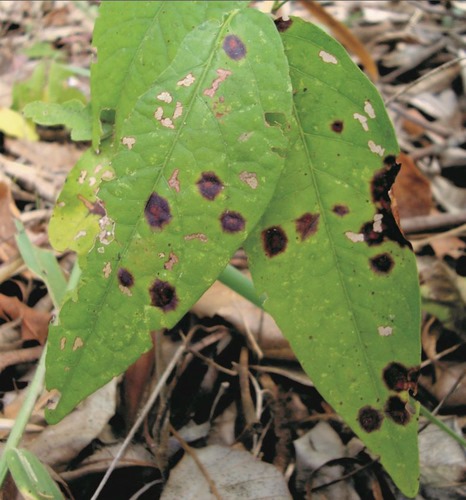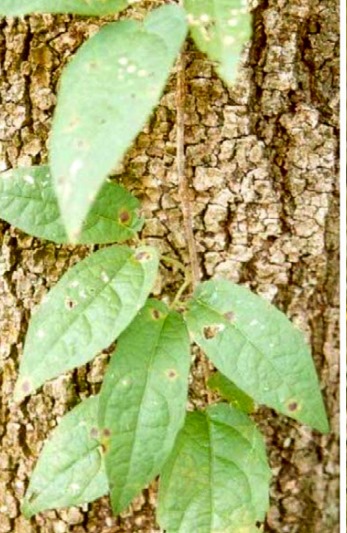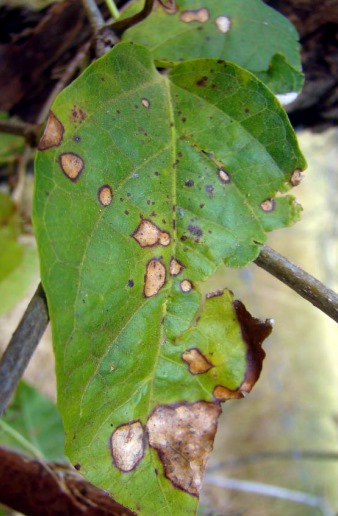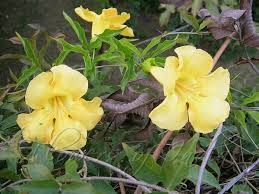Cat Claw Plant
Cat Claw, a specific plant, may have varying care requirements. Generally, provide well-draining soil, appropriate sunlight, and regular watering. Pruning and fertilizing practices may vary based on the specific characteristics of this plant.

Habit
Climber
Height
10-15 m
Growth
Fast
Soil
Well Drained, Loamy
Shade
Full Sun
Moisture
Moist
Edible
No
Medicinal
No
Origin
South America
Climatic Condition
Tropical, Subtropical
Temperature (°)
15 to 30°C
Humidity (%)
50-80%
Potting media
Peat, perlite, compost
Fertilizers
Low-fertilizer needs
Watering
Drought-resistant, occasional deep watering
Plant Weight
2-5 kg
Flowering Time
Spring to summer
Soil Ph level
6.0 - 7.5
Water Ph level
6.0 - 7.5
Soil EC
1-2 dS/m
Yield Per Plant
Ornamental
NPK ratio
12:12:12
life Span
20-50 years
Health Benefits
Ornamental, medicinal use, used in herbal medicine
Suggested Grow Media or Potting Mix ?
50% sandy soil, 30% compost, 20% perlite
Suggested Fertigation/Fertilizers
Fertilize every 4 weeks with a balanced, water-soluble fertilizer.
Common Diseases and Remedies
leaf spot
fairly defined margins and brown black or reddish centres
neem oil
HEALTH BENEFITS
· Respiratory Health: Used in traditional medicine for asthma and coughs.
· Anti-inflammatory: Contains compounds that help with swelling and pain.
· Antimicrobial: Used in herbal treatments for infections.
What Is An cat's claw Tree?
The cat's claw plant is commonly known as the cat's claw vine (Uncaria spp.). It is a tropical plant native to Central and South America. Cat's claw gets its name from the hook-shaped spines on its stems that resemble cat's claws. This plant is known for its medicinal properties and is often used in traditional Chinese medicine. It is important to note that there is also a plant called "cat's claw" (Macfadyena unguis-cati), which is a woody vine native to Mexico and Central America. It gets its name from its claw-like thorns and is often cultivated as an ornamental plant.

What Are The Different Types Of Cat claw Plants?
1.Uncaria tomentosa (cat's claw)
This is the plant most commonly associated with the name "cat's claw." It is a woody plant that is native to the Amazon rainforest and other tropical regions of Central and South America. It is known for its medicinal properties and is used in traditional Chinese medicine.
2.Macfadyena unguis-cati (cat's claw vine or cat's claw creeper)
This is another species of plant, also known as the cat's claw plant. It is a fast-growing woody vine native to Mexico and Central America. It is primarily grown as an ornamental plant for its attractive foliage and yellow trumpet-shaped flowers.
How to care for Cat claw Plants ?
1. Location
Select a location with well-drained, nutrient-rich soil that is protected from frost, receives at least 4 hours of direct sunlight per day, and provides steady support. If these conditions are met, cat's claw plants will easily establish and continue to grow.
2.Sunlight
Oh, you're talking about "cat's claw" (Uncaria tomentosa), not actual cat's claw. Cat's claw is a medicinal plant native to the Amazon rainforest and other parts of Central and South America. The name comes from the hook-shaped spines that resemble a cat's claws. When it comes to sunlight, cat's claw usually grows in tropical areas where it receives enough sunlight to grow.
3. Soil
Cat's claw (Uncaria tomentosa) typically grows in well-drained, nutrient-rich soils in the rainforests of Central and South America. Prefers slightly acidic to neutral soil pH. The soil should mimic the conditions of the natural habitat, be rich in nutrients and retain moisture.
4. Hydration
Hydration is essential for the growth and health of plants like cat's claw. In their natural habitat, they obtain water from rainfall and moisture in the soil. When growing cat's claw, it's important to water consistently without overwatering, as overwatering can cause root rot. Generally, it's best to water when the top few inches of soil feel dry.
5. Nutrition
Like any other plant, cat's claw requires proper nutrition to grow. This includes providing essential nutrients such as nitrogen, phosphorus, and potassium, as well as micronutrients such as calcium, magnesium, and iron. Fertilizing woody and tropical plants with a balanced fertilizer will ensure that your cat's claw receives the nutrients it needs for healthy growth. In addition, organic matter such as compost improves soil fertility and provides a stable source of nutrients over time.
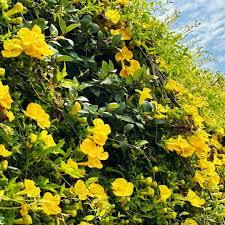
6.C Problems
Too much water can cause root rot and other fungal diseases. It is important to let the soil dry out a little between waterings. Too little water can cause wilting and stress the plant. Cat's claw prefers constantly moist soil, especially during the growing season. Pests: Cat's claws are relatively resistant to pests, but can be attacked by aphids, scale insects, and spider mites. Inspecting your plants regularly can help detect and deal with pest problems early. Diseases: Fungal diseases such as powdery mildew and root rot can occur, especially in damp conditions or if the plant receives too much water. Proper watering and good air circulation will help prevent these diseases. If the leaves turn yellow or growth is stunted, it may be lacking in essential nutrients. Feeding a balanced fertilizer can help eliminate nutritional deficiencies.
What are the Benefits of Cat claw Plants ?
Cat's Claw is believed to strengthen immune function and help the body fight infections and diseases. May reduce inflammation in the body and relieve symptoms such as arthritis and joint pain.Cat's claw contains compounds with antioxidant properties that help protect cells from free radical damage.
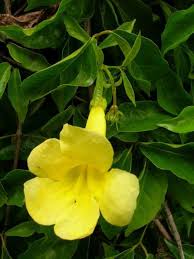
FAQs About Growing Cat claw
1.What is Cat's Claw?
2. What are the health benefits of Cat's Claw?
Cat's Claw is believed to have various health benefits, including immune support, anti-inflammatory properties, antioxidant activity, digestive health support, joint health support, cognitive support, and potential anticancer effects.
3. How is Cat's Claw used?
Cat's Claw can be consumed as a tea, extract, or supplement. It's also available in capsule form. Some people apply Cat's Claw topically as a cream or ointment.
4. Is Cat's Claw safe?
When used appropriately, Cat's Claw is generally considered safe for most people. However, it may cause side effects in some individuals, such as digestive upset or allergic reactions. Pregnant or breastfeeding women and individuals with autoimmune diseases should consult with a healthcare professional before using Cat's Claw.
5. Where can I buy Cat's Claw?
Cat's Claw supplements and extracts are available at health food stores, online retailers, and pharmacies. It's essential to purchase from reputable sources to ensure quality and purity
